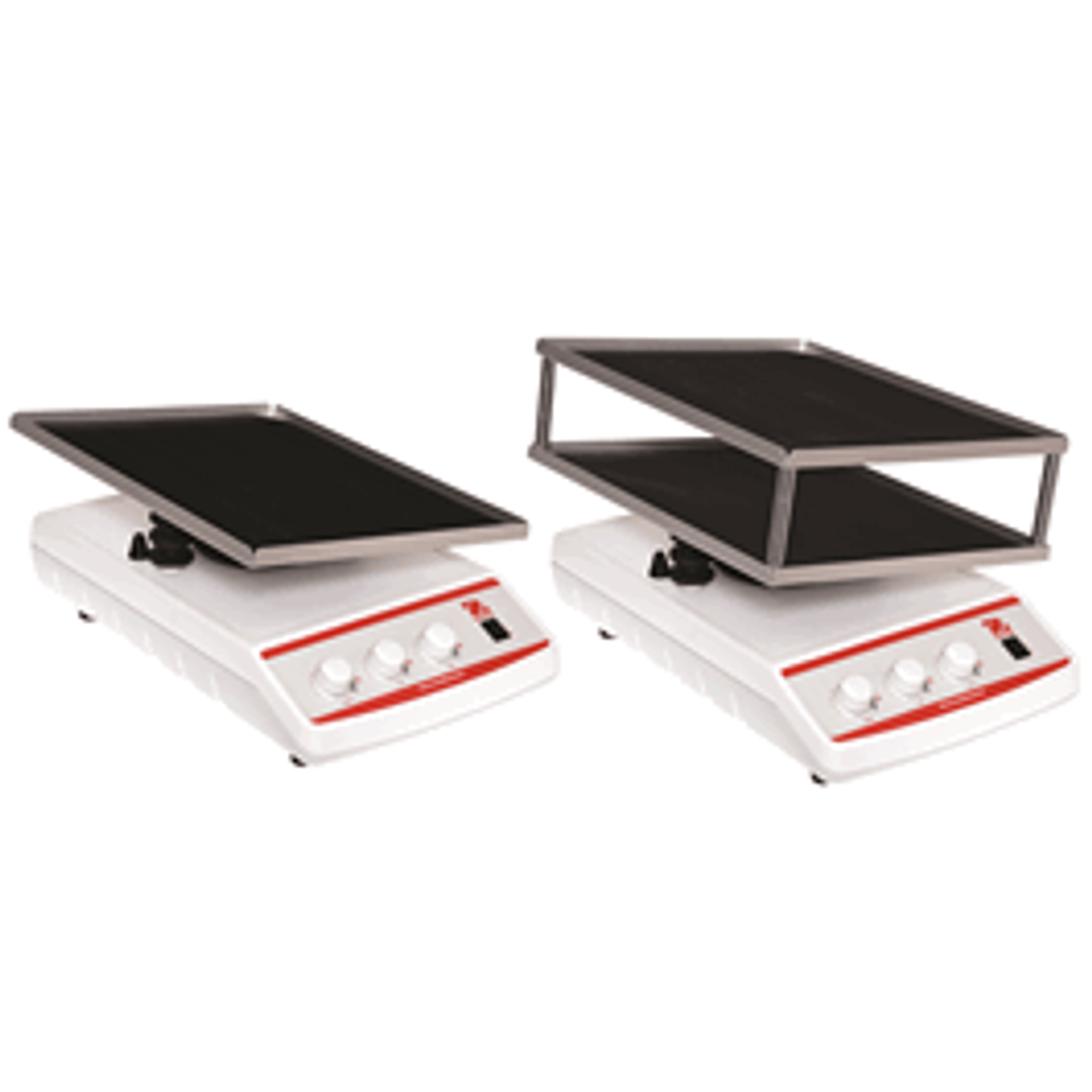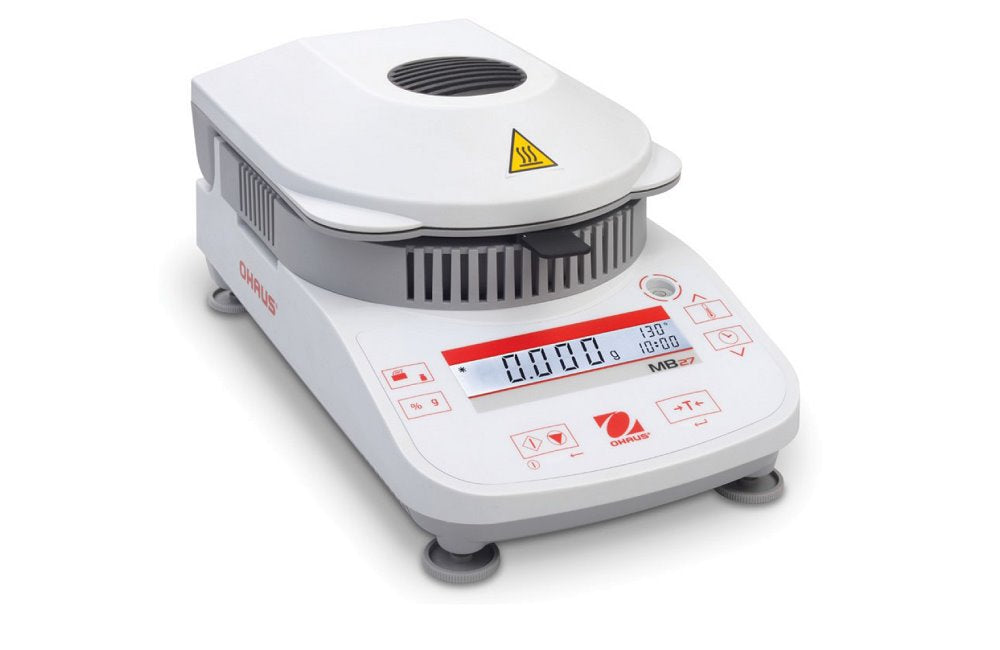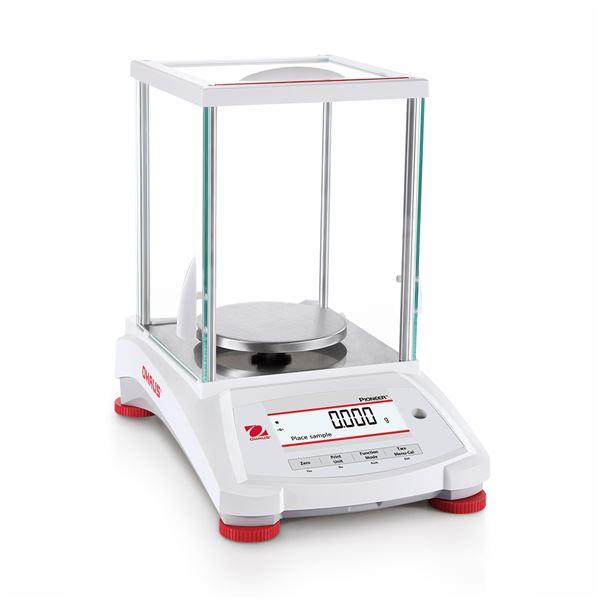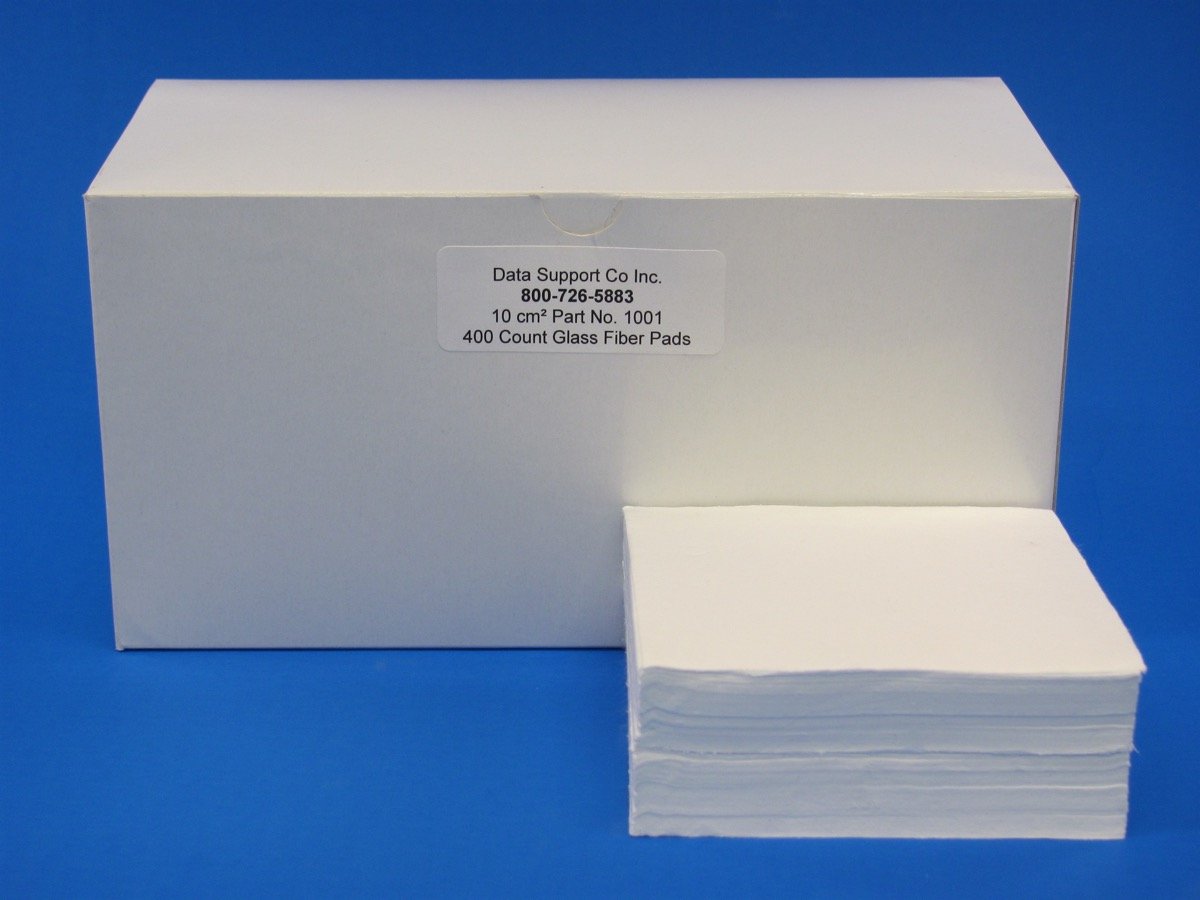Mixing equipment, as the name suggests, is used to mix, dissolve and emulsify substances in a lab.
There are many types of mixing equipment, but the most effective and commonly used ones are the following three:
- Mixers
- Shakers
- Magnetic Stirrers
Each type achieves the same goal of mixing multiple samples, but through different methods. So in this post, we’ll cover all the differences and what you need to look out for when choosing mixing equipment for your lab.
Mixers
Mixers are used for mixing or agitating lab samples. The way they work is that once the samples are placed inside the container, the stirrer rotates to mix them as needed.
Both automatic and manual mixers are available on the market. Automatic models require less effort but cost more, whereas manual ones cost less but require more effort.
Laboratory mixing equipment suppliers and manufacturers offer a range of lab mixers and accessories designed for various applications. These products often feature additional capabilities such as low-noise operation, compatibility with vacuum conditions, and versatile machine functions. Available wholesale, these tools are essential for efficient and precise laboratory mixing tasks.
We recommend getting an automatic model as it’s much easier to use. Unfortunately, most automatic devices don’t run for long.
If you’re looking for a reliable mixer that won’t stop mixing until you’re done, then check out the Benchmark BV1010 BenchMixer XL Multi-Tube Vortexer. This device can run for 100 hours continuously.
Shakers
Shakers are used to mix, blend, or agitate chemicals and other substances by shaking them in a tube or a flask.
Shakers are categorized into numerous types. The following are two of the most popular ones:
1. Orbital Shakers
Orbital shakers move the substances in a circular motion at a slow speed between 25-500 rpm. Unlike most shakers, these devices don’t produce any vibrations. As a result, they also produce less heat than others.
Both of those properties make them suitable for not only general mixing but also for washing blots and culturing microbes.
If you’re looking for a low priced and high quality orbital shaker, check out the Genie Mini-100 Orbital-Genie SI-M100.
2. Microplate Shakers
Microplate shakers offer digital control features for more flexibility. You have complete control over shaking speed and run time so you can change them at any time, even when the device is already running.
These devices have two more specialties:
- They’re completely maintenance-free.
- They can resist a wide range of temperature levels.
When you’re looking to buy a microplate shaker, these are the most important features to consider:
- RPM range
- Display quality
- Programmability
- Timer properties
- Manufacturer warranty
If you’re looking for a top of the line microplate shaker, check out the Genie Digital MicroPlate Genie Pulse SI-0400A.
Magnetic Stirrers
Magnetic stirrers, as their name suggests, use magnetism for stirring purposes. There are digital and analog versions, and all of them are automatic.
We recommend digital ones because the success of your work in a lab depends on precision. And when it comes to precision, digital magnetic stirrers are the best.
They’re reliable and offer great performance thanks to their ability to reach up to 2,400 rpm speed safely.
If you’re looking for a high-quality digital magnetic stirrer at a more than reasonable price, check out the Genie SI-3236L MegaMag LR Magnetic Stirrer.





